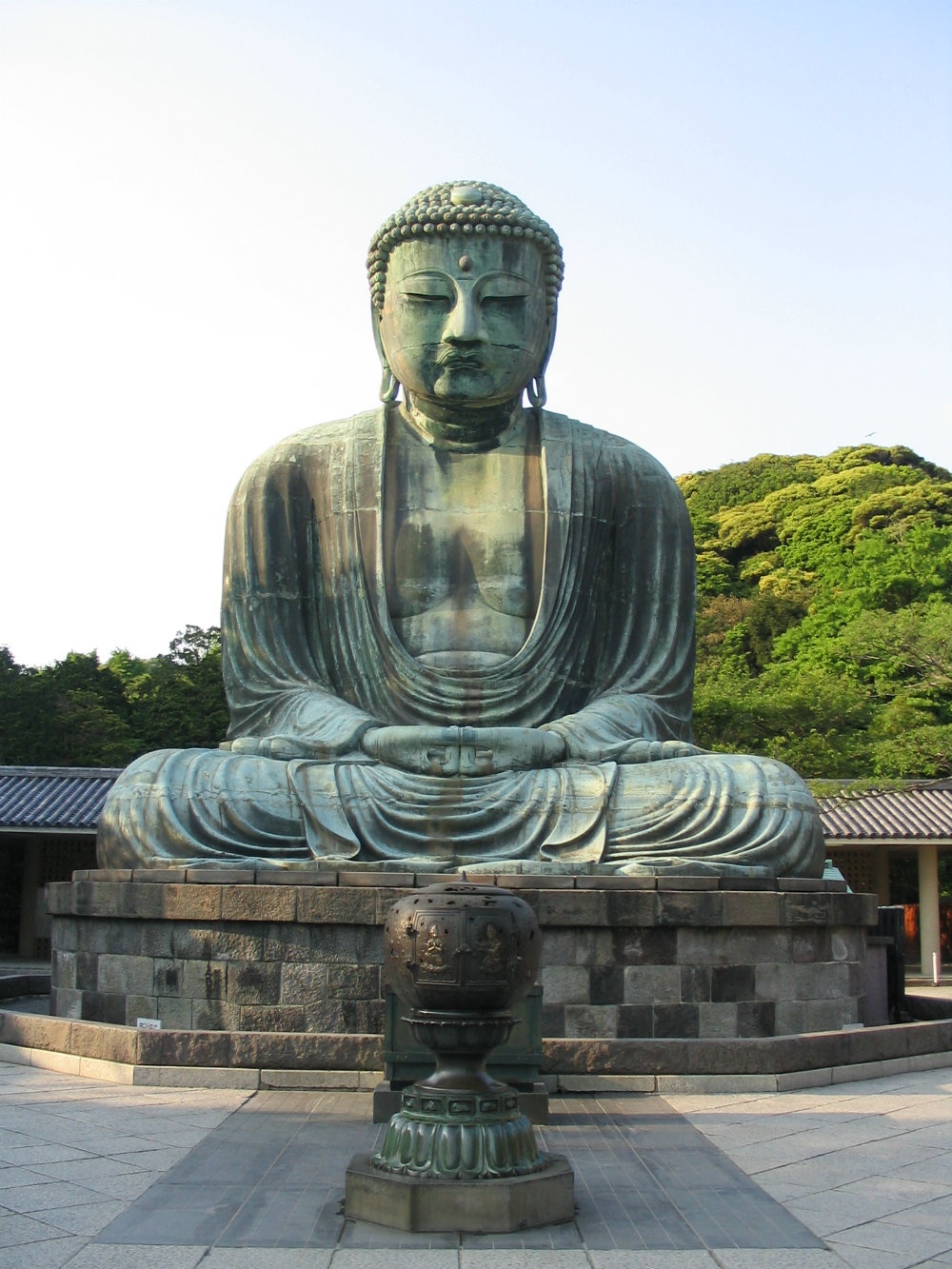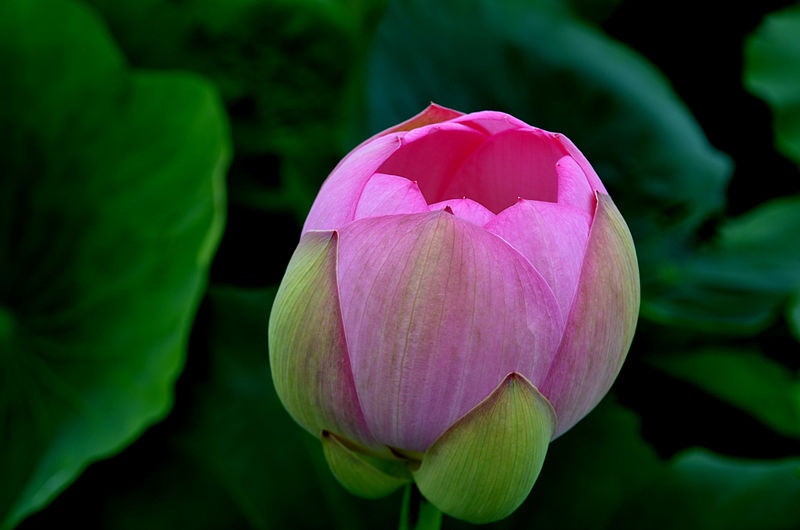Brush Up on Your Japanese Buddhism Knowledge
There are two main religions in Japan: Buddhism and Shinto. Shinto is Japan’s indigenous religion, and is an animist belief system that worships nature and incorporates over 8 million kami (gods or deities). Buddhism, on the other hand, made its way from mainland Asia to Japan around the sixth century.
By SoraNews24Elements of Japanese Buddhism — Meditation

https://upload.wikimedia.org/wikipedia/commons/5/5d/Kamakura_Budda_Daibutsu_front_1885.jpg
One of the ways to attain these Buddhist ideals is through meditation. This meditating Buddha statue in Kamakura is one of the most well-known Buddha statues in Japan.

http://en.rocketnews24.com/2016/01/30/japanese-buddhism-in-10-minutes%E3%80%90rocketpedia%E3%80%91/
Perhaps the most famous practitioner of meditation is Daruma (Bodhidharma), the father of Zen Buddhism, who lived in the fifth and sixth centuries. Legend says that he meditated in a cave for seven years before finally reaching enlightenment. He ruminated for so long that his arms and legs atrophied and fell off, leaving just his trunk!

http://en.rocketnews24.com/2016/01/30/japanese-buddhism-in-10-minutes%E3%80%90rocketpedia%E3%80%91/
Daruma dolls are usually painted bright red and can be seen all over Japan in shops, restaurants and festivals where people buy them for good luck. They're round dolls with large eyes, so they look more like owls with no feet. The eyes are black but the custom is to sell them with no eyes colored in, or sometimes just one eye colored in.
When you buy a Daruma doll, you make a wish and fill in one eye. When the wish is fulfilled, the other eye is filled in. There is a Japanese proverb, "Nana korobi yaoki," which means: “If you fall down seven times, get up eight,” a reference to the Daruma doll which, every time it is knocked over, comes back up. The Daruma doll embodies the “never give up” spirit.
The Daruma dolls above are a special breed since they house an omikuji fortune inside of them.
Enlightenment

https://commons.wikimedia.org/wiki/File:HanaNoHasu2.jpg?uselang=ja
The ultimate goal of Buddhism is enlightenment. The lotus flower is a symbol of enlightenment and mirrors the process of achieving this distinction. Everyone starts as a closed blossom, or even just a mere leaf. Only when we begin to lose our biases does the lotus blossom begin to open.

Lotus blossoms appear symbolically all over Japan: the blooming lotus shape of Mount Koya in Wakayama Prefecture, created by the surrounding eight mountain peaks; the “lotus position,” used in meditation; lotus-flower-viewing gatherings; and even on bases of statues that prop up sitting Japanese deities.
Pilgrimages

http://wikitravel.org/en/File:88_Temple_Pilgrimage_Banner.jpg
One path to enlightenment is pilgrimage. Pilgrimages are a part of both Buddhism and Shinto practice. The difference is that Buddhist pilgrimages tend to be circuits, where one visits a set number of holy places (temples, shrines or natural sites like waterfalls), and ends up back in the same position. The most well-known pilgrimage of Japan is the Shikoku Pilgrimage where you visit 88 temples (If you're brave enough to take it on, you might run into a few of these small statues along the way!). Shinto pilgrimages, on the other hand, tend to be linear, like the Kumano Kodo, where you go to a spiritual place to worship and come back.





